Life Imitates Art
“Life imitates art far more than art imitates Life.”
— Oscar Wilde
“Artists are inspired by and capture the world around us: sculptors immortalize people with statues; painters record events in their masterpieces. What about the other way around? For this week’s theme, find inspiration in a piece of art, and go further: imitate it.”
By CHERI LUCAS ROWLANDS
In my photograph showing the Street Performance of the “Mime Artist Buskering” – with the make-up, he has turned himself into a living artistic sculpture like the theme of ” Life imitates Art “. Hope you all like this interpretation.
SP Lim
From Wikipedia:-
A mime or mime artist (from Greek μῖμος, mimos, “imitator, actor”) is someone who uses mime as a theatrical medium or as a performance art, involving miming, or the acting out a story through body motions, without use of speech. In earlier times, in English, such a performer would typically be referred to as a mummer. Miming is to be distinguished from silent comedy, in which the artist is a seamless character in a film or sketch.
The performance of mime originates at its earliest in Ancient Greece; the name is taken from a single masked dancer called Pantomimus, although performances were not necessarily silent. In Medieval Europe, early forms of mime such as mummer plays and later dumbshows evolved. In early nineteenth century Paris, Jean-Gaspard Deburau solidified the many attributes that we have come to know in modern times—the silent figure in whiteface.
Jacques Copeau, strongly influenced by Commedia dell’arte and Japanese Noh theatre, used masks in the training of his actors. Étienne Decroux, a pupil of his, was highly influenced by this and started exploring and developing the possibilities of mime and developed corporeal mime into a highly sculptural form, taking it outside of the realms of naturalism. Jacques Lecoq contributed significantly to the development of mime and physical theatre with his training methods.
On stage and street
Mime has been performed on stage, with Marcel Marceau and his character “Bip” being the most famous. Mime is also a popular art form in street theatre and busking. Traditionally, these sorts of performances involve the actor/actress wearing tight black and white clothing with white facial makeup. However, contemporary mimes often perform without whiteface. Similarly, while traditional mimes have been completely silent, contemporary mimes, while refraining from speaking, sometimes employ vocal sounds when they perform. Mime acts are often comical, but some can be very serious.
Street performance or busking is the act of performing in public places for gratuities, though “busking” is particularly associated with singing or playing music. In many countries the rewards are generally in the form of money but other gratuities such as food, drink or gifts may be given. Street performance is practiced all over the world by men, women and children and dates back to antiquity. People engaging in this practice are called street performers or buskers.
Performances are anything that people find entertaining. Performers may do acrobatics, animal tricks, balloon twisting, caricatures, clowning, comedy, contortions, escapology, dance, singing, fire skills, flea circus, fortune-telling, juggling, magic, mime, living statue, musical performance, puppeteering, snake charming, storytelling or reciting poetry or prose, street art such as sketching and painting, street theatre, sword swallowing, and ventriloquism.
Inserted by SP Lim

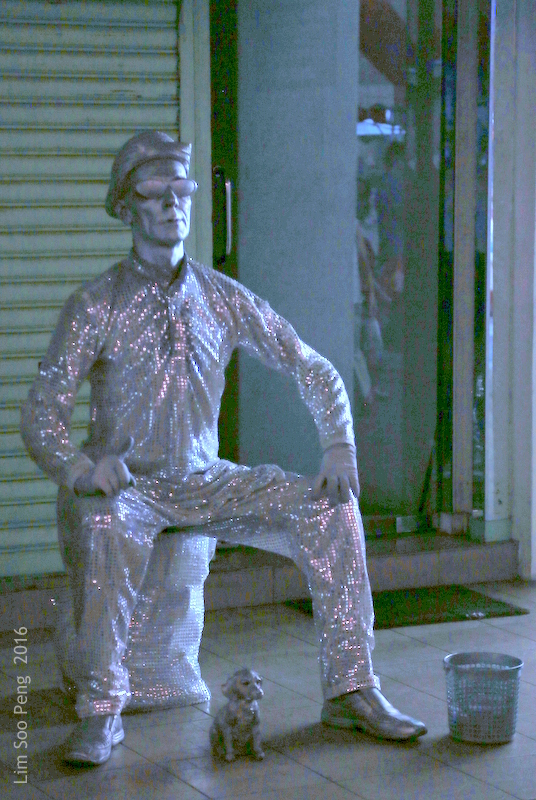
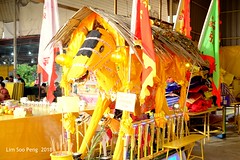
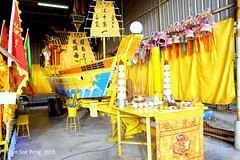

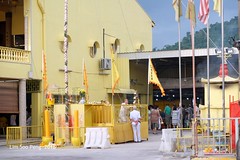
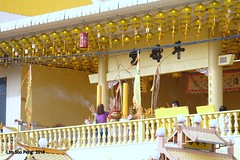
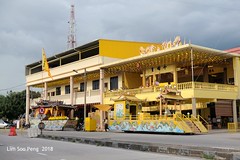
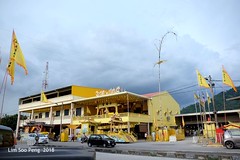


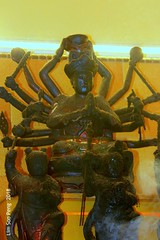

































































































































































































































Well taken. Lovely. Thanks for the detailed description. I gained additional knowledge.
LikeLike
Thank you, Doctor.
LikeLike
The most clever interpretation I’ve seen – great idea!!
LikeLike
Thanks
LikeLike
Pingback: Life Imitatis Art (Remake 3) | Chris Breebaart Photography / What's (in) the picture?
Pingback: WPC: Life Imitates Art – Adrian Evans Photography